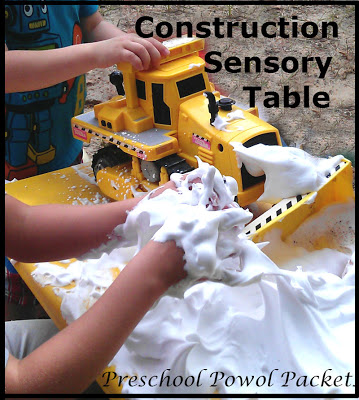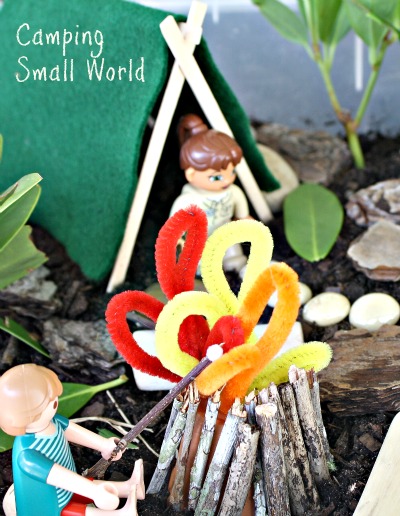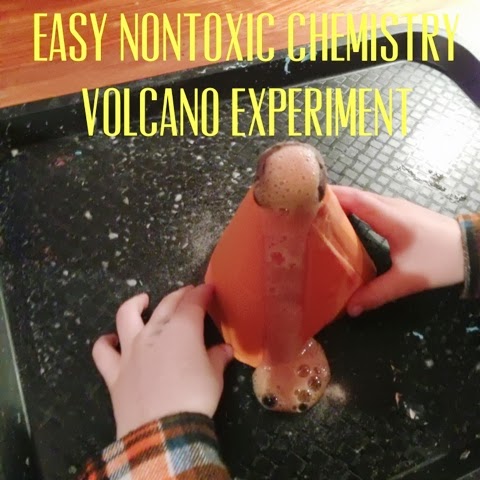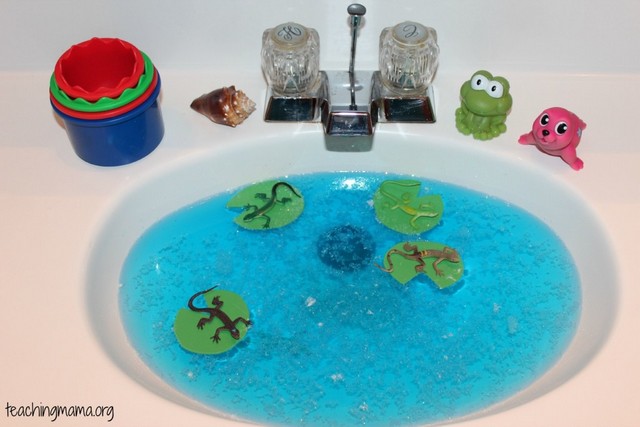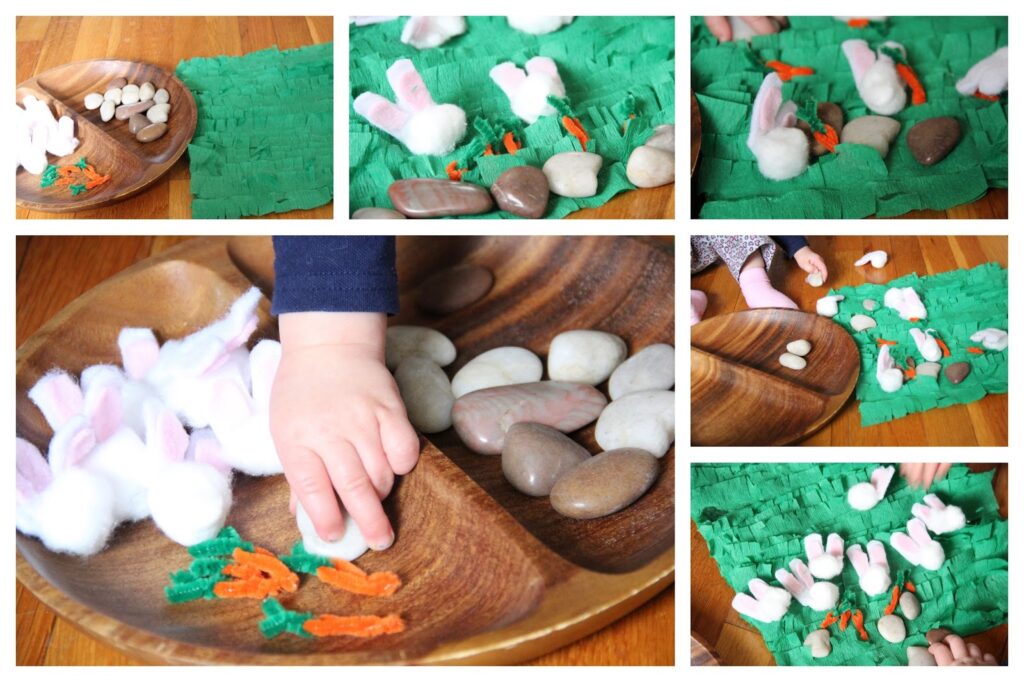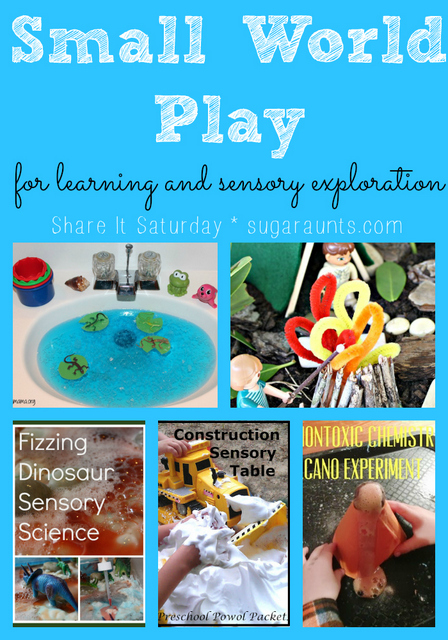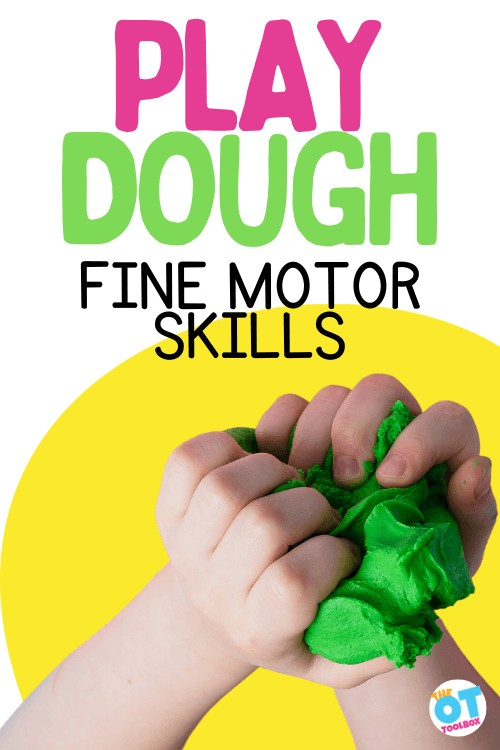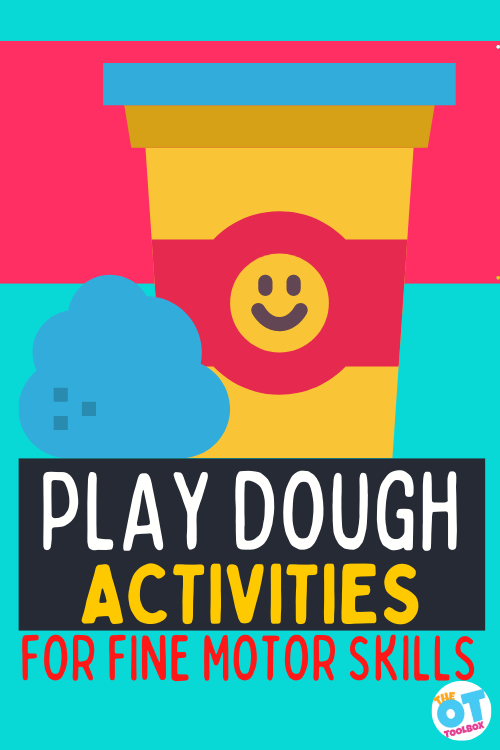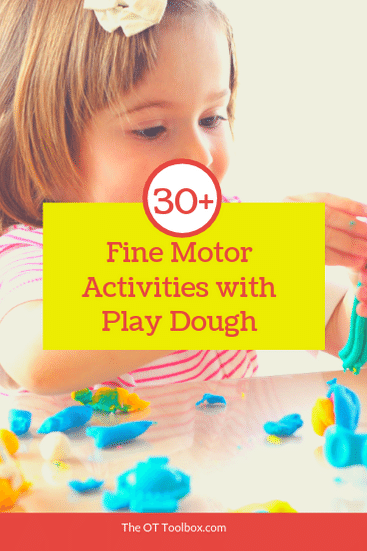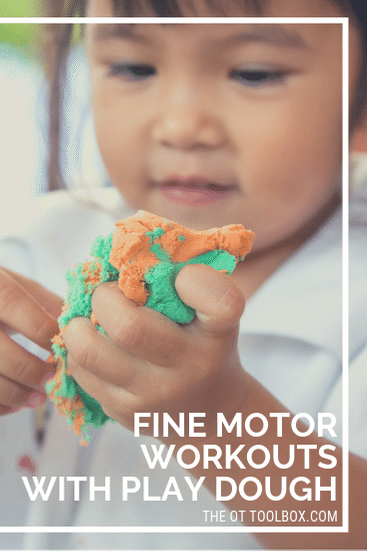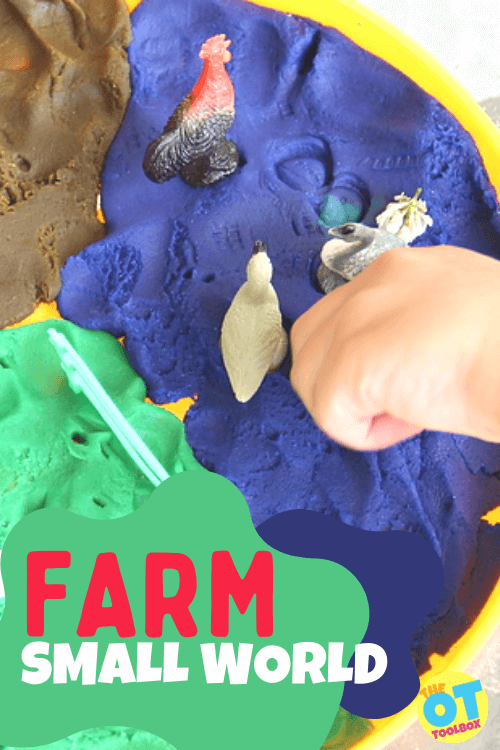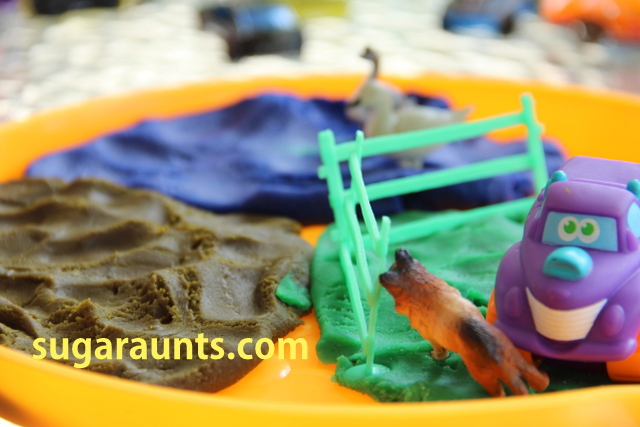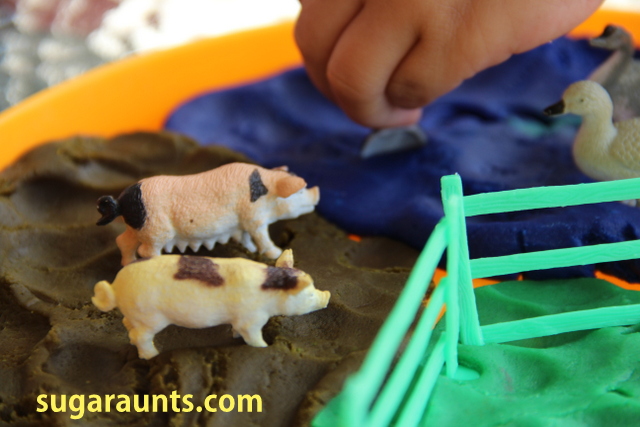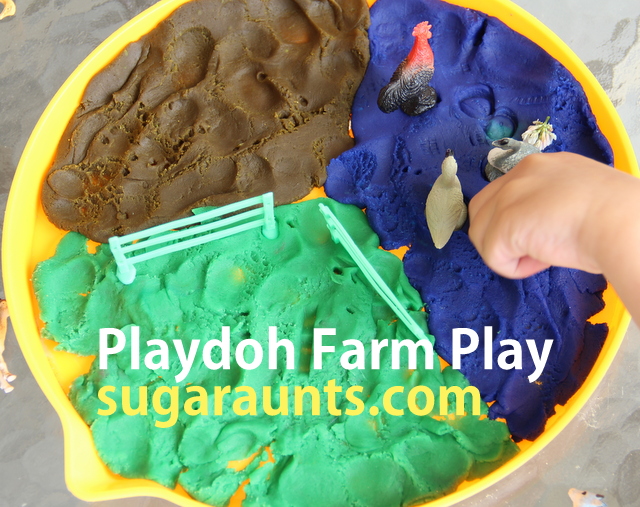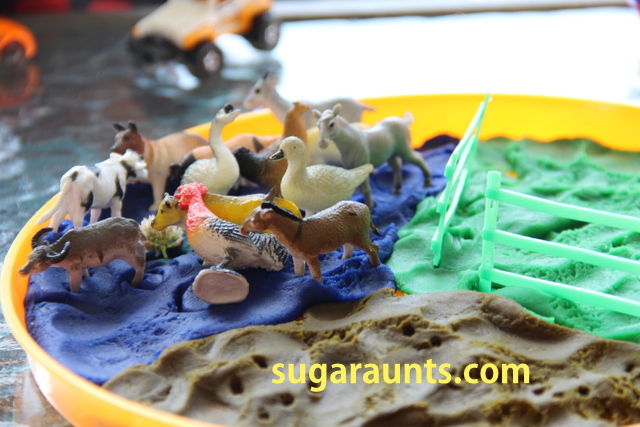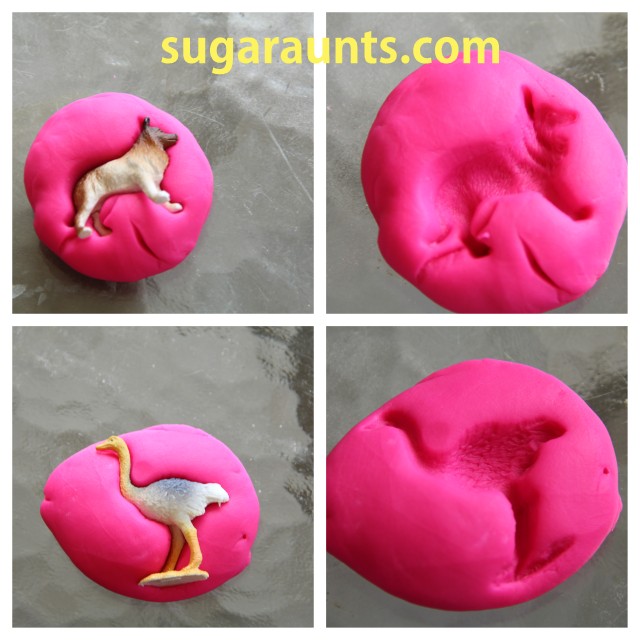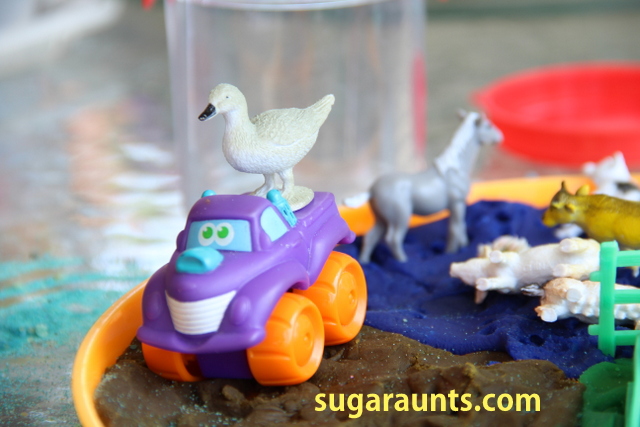There is just something about small world play as a sensory play activity that supports skill development. Occupational therapy and play go hand in hand. When kids participate in small work play, they are building skills in creativity, fine motor skills, sensory exploration, communication, self-confidence, and so much more. Here, you’ll find small world play examples and ideas to support development in these areas.
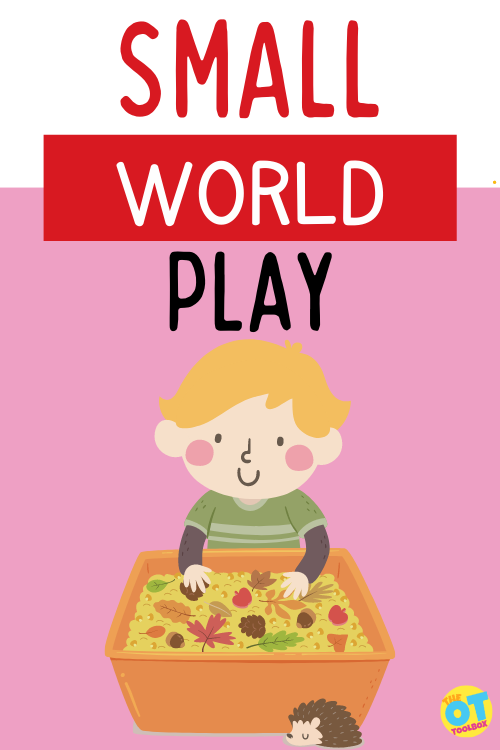
Small World Play
Before we go further, let’s cover exactly what we mean by small worlds.
A small world is a play activity on a small scale. Kids interact with the miniature toys, small sensory tables and use imaginative play to explore and pretend on a smaller scale.
A small world can be set up in a variety of ways:
- In a sensory bin
- In play dough
- On a train table or other low table
- In a cardboard box
- In a low tray
- On the ground
One way to think about small worlds is a fairy house: Kids set up a fairy house area under a tree or in a corner of the yard. They can move and manipulate items to use in pretend play: natural material or commercial fairy houses, small objects like pebbles, sticks, bark, and fairy objects. These items are all part of the fairy small world.
Why Set up a Small World Play Area?
When kids play in a small world, they develop many areas. Additionally, small world areas offer children in small groups opportunities to experience parallel play in a joined environment so children can see various creative play ideas.
Most likely to develop is fine motor skills, but other areas can develop, too:
- Precision
- Eye-hand coordination
- Finger isolation
- Hand strength
- Visual motor skills
small world play ideas
There are items your can use from around the home to use in small worlds. Here is a list of items to gather when creating a little world:
- Container: bin, box, sensory table, etc.
- River rock
- Mini figures: animals, farm sets, train sets, dolls, etc.
- Sand
- Fake flowers
- Craft materials
- Play dough
- Beads
- Sensory dough or slime
The options are basically limitless when it comes to setting up a small area. Use the examples below to spark more ideas.
Small World Play Examples
Our kids love small world play. We’ve done so many activities that involve little worlds of imagination and pretend. Small world activities foster language development, story telling, self-confidence, fine motor skills, sensory exploration, and more.
Outdoor small world– We set this activity up under the base of a tree. Use materials like sticks, flowers, rocks, pebbles, roots, grass, etc.
Fairy small world– set up a fairy pretend area in a sand box. Use items like craft houses, rocks, and even glittery items.
Cardboard box pretend play– Use a cardboard box for a pretend play area.
Bug small world– Use plastic bugs and a sensory bin to pretend.
Construction Sensory Table by Preschool Powol Packets
Camping Small World by Fantastic Fun and Learning
Erupting Volcano Science Dino Play by Adventures at Home with Mum
Toddler Tuesday: Sensory Sink by Teaching Mama
Dinosaur Volcano Science Sensory Bin by Little Bins for Little Hands You also might like:

Colleen Beck, OTR/L has been an occupational therapist since 2000, working in school-based, hand therapy, outpatient peds, EI, and SNF. Colleen created The OT Toolbox to inspire therapists, teachers, and parents with easy and fun tools to help children thrive. Read her story about going from an OT making $3/hour (after paying for kids’ childcare) to a full-time OT resource creator for millions of readers. Want to collaborate? Send an email to contact@theottoolbox.com.


